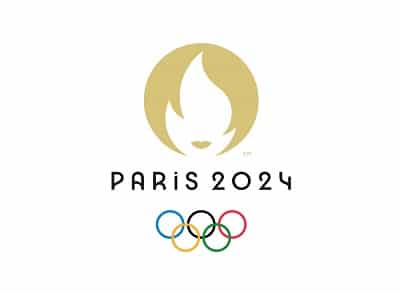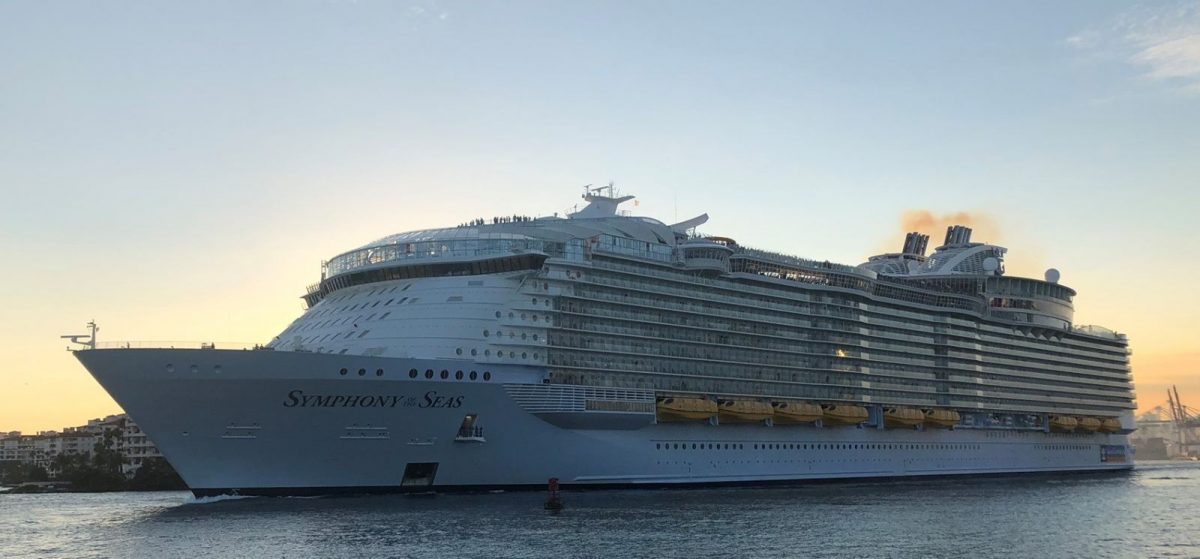The State of Asia Pacific’s Hospitality Industry

Read previous Global Hotel Network (SM) Reports:
12 November: The State of the Latin America Hospitality Industry; 25 October: Asia Pacific Hotel Investment Sentiments; 25 October: Canadian Hotel Financing Trends; 24 September: US Hotel Finance Market; 20 August: Curitiba; 6 August: San Diego; 23 July: Poland; 9 July: Europe; 25 June: Caribbean; 11 June: Asia Pacific; 24 May: UK; 14 May: US; 18 April: Barcelona; 9 April: Perth; 3 April: West Los Angeles / Santa Monica; 27 March: Sydney; 12 March: Lagos & Abuja; 5 March: Prague; 26 February: Seoul; 19 February: Bahamas; 12 February: Calgary; 5 February: Beirut; 29 January: London; 22 January: Hong Kong; 15 January: Phoenix; 11 January: French Riviera; 5 January: Jaipur; 18 December: Geneva; 12 December: Boston; 4 December: Mumbai; 27 November: Tokyo; 22 November: Las Vegas; 17 November: Shanghai; 6 November: Budapest; 30 October: Kuala Lumpur / Penang; 23 October: Lisbon; 20 October: Buenos Aires; 13 October: Madrid; 4 October: New York City; 27 September: Jakarta/Bali; 20 September: Manila; 14 September: Dubai; 7 September: Montreal; 31 August: Los Angeles; 22 August: Cancun; 15 August: Adelaide; 8 August: Istanbul; 1 August: Brasilia; 24 July: Cairo; 17 July: Jerusalem; 6 July: Delhi.
November 12, 2001:
This week’s GLOBAL HOTEL NETWORK (SM) REPORT takes a look at “The State of Asia Pacific’s Hospitality Industry” from the perspective of Peter de Jong, Chief Executive Officer of the Pacific Asia Travel Association (PATA).
He explains:
Tourism is a fragile industry. We have seen that in the spate of job losses, airline capacity reductions, and room rate price slashing in the last few months. Much of the pain the industry is feeling would have come anyway, in part due to macro economic reasons, but also due to over staffing and under utilisation. Either way we are in a period of heavy corporate cutbacks. We have also entered an era where the public’s attitude to flying has changed appreciably.
I took over the job of CEO of PATA, seven weeks after the most infamous day in modern history. Now more than ever, I see it as my mission to promote the quality and quantity of tourism in Pacific Asia on behalf of PATA members.
When the global travel landscape changed on September 11, PATA implemented the following initiatives:
We put out best-case, worst-case, most-likely case assessment of the new situation by Stratfor, a highly respected strategic forecasting think tank based in the United States. This proved an indispensable tool for national tourism offices, airlines, hotels and tour operators who had to rethink and recast their marketing plans.
We set up a crisis library Clearinghouse on the PATA Web site so members could access useful documents such as Living With Travel Advisories, World Tourism Under Siege, and Creating a Crisis Communication Plan. At www.pata.org members can also download post-Sept. 11 specialist documents put out by respected PATA partners such as Andersen Consulting, Boeing, IATA, NFO Plog Research, IATA and the Tourism Authority of Thailand, to name just a few.
We are also in dialogue with the Association of Asia Pacific Airlines to create an industry-wide public relations campaign aimed at encouraging stay-home travellers to fulfil their travel plans.
In the hospitality industry it is important to take a medium- to long-term view. History shows that the good months in travel far outweigh the lean ones. Our industry is resilient. People’s desire to travel may dry up in the short-term, under unique circumstances. But tourism is a fast-growing industry. And there are dividends there for those who stay the course through challenging times such as these.
As the tourism gloom lifts, I can see reasons for optimism in the year ahead. Experts predict that the global economy, starting in North America, will start its positive rebound by the second or third quarter of the year. If there are no further security incidents, pent-up demand in the marketplace will also express itself. Remember, in 1992, the year after the Gulf War, international tourism grew by 8.3 percent. Immediately following the Asian financial crisis in 1998, arrivals to Asia grew by 10.8 percent in 1999 and 14.7 percent in 2000.
In both incidences, the recovery took place faster than expected.
The speed and extent of tourism revival in Pacific Asia will however be driven primarily by security. The biggest boost we can hope for in 2002 is simply the absence of terrorist attacks. The current stabilisation of the situation in Afghanistan is very encouraging.
Japan is also pivotal. Japan provides about 17 percent of all arrivals to the region. When Japan does well, Pacific Asia tourism does well. Bridled with security concerns, would-be Japanese travellers are also victims of a stagnant economy. Analysts suggest that there is little hope for meaningful banking reform in 2002. Nevertheless, there are still large levels of liquidity in Japanese consumers hands — an estimated 16.4 million Japanese travelled abroad in 2001 (down from 17.8 million in 2000). The outlook for Japanese business travel, however, remains bleak primarily due to economic reasons.
The Japanese like to know that their tourism destinations are safe. To appease Japanese security fears, NTOs in Pacific Asia should send accurate destination updates to major Japanese outbound operators, at least on a weekly basis, and preferably in Japanese.
Overall, however, the hospitality industry in Pacific Asia in 2002 is likely to be characterised by a growth in short-haul and domestic travel, a preference for perceived safe havens, late bookings, a realignment in marketing spend towards intra-regional markets, and corporate price cutting. Expect to see further consolidation across all hospitality sectors as financial controllers look for economies of scale.
One of the real strands for optimism is China (PRC), which is starting to come of age as an outbound market. The more China (PRC)s outbound sector is driven by market forces (and not regulatory ones), the better for tourism. China (PRC)s accession to the World Trade Organization is also likely to lower operating costs, encourage further hotel joint ventures, boost the MICE sector, increase business transparency and encourage better use of information technology. Improved HR policies and appointments based on merit should also illuminate career paths and motivate staff more. With China (PRC)s GDP growing at 7.5 percent a year, the countrys impact on Pacific Asia tourism will become increasingly important. PATA has just released its latest China Outbound Market Report.
China (PRC) is not our only source for optimism. Destinations such as Australia, Malaysia and Thailand are wisely investing larger percentages of their marketing budget on India, where GDP growth is currently 5.2 percent. Members of Indias middle class are now looking beyond traditional favourites such as Europe. They are opting more for independent holidays in destinations with a strong nature appeal such as New Zealand, Australia and North America.
As you are aware, the challenges facing the aviation sector are vast. Weak domestic economies are not helping carriers such as Thai Airways International, Malaysia Airlines, Garuda and Philippine Airlines. Across the region, aircraft orders and some new airport projects will probably be deferred. However, China (PRC) is again a bright spot. As the consolidation process within China (PRC)s domestic aviation market continues, and foreign access opens, international carriers are likely to form new partnerships with China (PRC)s domestic and regional carriers. Greater exposure to China (PRC)s strong economy will help these airlines financial positions.
Our hotels are not hurting as much as our airlines. In the Pacific Asia hotel sector 2002 is likely to bring stronger brand awareness campaigns and heightened consumer demand for value, hassle-free environments, and better connectivity. A growing niche seems to be fashionable boutique hotels marketed as cool and aimed at the under-40 market.
In wake of the Sept. 11 attacks, last-minute conference cancellations badly affected the hotel sector in Singapore, Hong Kong SAR and Chinese Taipei (Taiwan). Clearly there is scope for hotel management to write in more rigorous cancellation clauses to safeguard hotel interests.
Our hospitality industry in Pacific Asia needs peace. Consumer confidence will then grow naturally. A sustained period of measured growth would also be better than a return to tourisms boom-slump cycle.
PATA believes fully in tourism as a force for peace and cross-cultural understanding. As we look at all the different people and cultures of the world, let us remember one thing: that which unites us is far greater than that which divides us. Each time we go on holiday to a new country we experience this personally. This is why travel and tourism remain such a force for peace in turbulent times.
I can assure you that PATA will work hard to benefit its members during 2002 – and as it does so, it will be with a rising sense of justifiable optimism.
“““““““““““““““““““““““`
The globalhotelnetwork.com SPECIAL REPORT is a regular feature of the weekly globalhotelnetwork.com e-Newsletter read by Top Tier decision makers in the global hospitality & travel industry. http://www.globalhotelnetwork.com/public/ghn.e_newsletter.html
To subscribe to this Market Intelligence e-Newsletter, please go to: http://www.globalhotelnetwork.com/public/ghn.membership.html
Copyright (c) 2002 Global Hospitality Resources, Inc., San Diego, CA USA www.globalhotelnetwork.com All rights reserved. Reprinted with permission.
“““““““““““““““““““““““
CONTACT INFORMATION
Global Hospitality Resources, Inc.
www.globalhotelnetwork.com
13444 Pantera Road
San Diego, California, 92130 USA
Telephone: 858-793-3366 Fax: 858-793-3367
E-mail: mailto:ghr@globalhotelnetwork.com
 United Kingdom
United Kingdom United States
United States Asia Pacific
Asia Pacific











































CLIA expands trade support with expedition event
Qatar Airways adding Manchester flights
Jet2 unveils Samos as new Greek destination for summer 2026
EU entry-exit system delayed again
ATC strike in Greece could disrupt flights this week